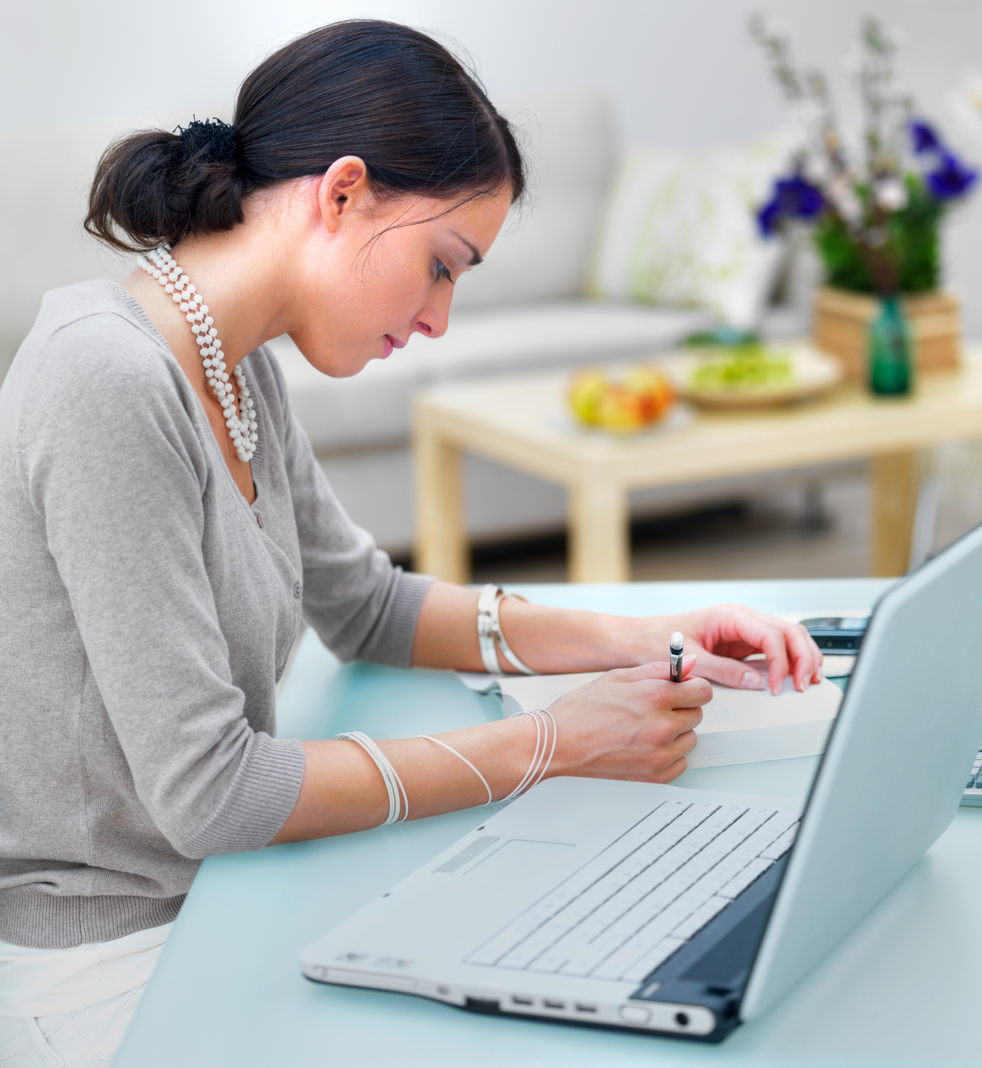Tips for Working from Home Effectively

As the Coronavirus lockdown goes into its third week, millions of people across the country are attempting to work from home, with varying degrees of success.
Being productive is harder if you have children in the house, especially since they’re likely to be bored and fractious by now. It’s difficult to ignore the news, with every hour bringing Coronavirus updates from somewhere around the world. And it can be tricky to focus on work when the distractions of home are all around you – the Netflix button on your TV remote, that well-stocked bookshelf, the biscuit tin and dare we say it, the wine collection…
However, working from home effectively can offer many benefits. It rewards your employer’s show of faith in allowing you to work remotely, while proving this can be a viable long-term option. When the lockdown lifts, some of us may question the logic of commuting into an office ten times a week for an arbitrary start time before emailing people at an adjacent desk. In many industries, you can be just as productive at home while enjoying far more free time and saving a small fortune in travel costs.
Even so, working from home effectively requires a degree of structure and organisation. These are our tips for creating and maintaining an optimal work-life balance during lockdown:
- Assemble a workstation. Trying to balance a laptop on the arm of a sofa will lead to muscular and spinal pain, eyestrain and even tendon issues. Dressing tables, dining tables and breakfasting bars can make suitable desks – with one important caveat…
- Have a supportive chair. Don’t perch on a stool or armless dining chair. Poor posture can cause back and neck pain, so invest in a swivel chair with adjustable arms. Lumbar support is crucial if you already suffer from lower back pain.
- Seek out silence. Open-plan offices are notorious for distractions, but there’s often plenty of background noise at home. If you can’t commandeer a room during working hours, order noise-cancelling headphones – they work even while unplugged!
- Follow office hours. Although ‘nine-to-five’ is a 19th century concept, it’s what we’re used to. And at this strange, unsettling time, normality is welcome. Plus, it’s when your colleagues are likely to be available for virtual meetings and phone calls.
- Use apps and productivity tools. Key platforms include Google Docs (writing), Trello (project management), Zoom (video calls), Otter (dictation/recording) and Dropbox (file sharing). Many workplace apps are available for free during the global pandemic.
- Take regular breaks. Take five-minute screen breaks every hour to get some fresh air, boil the kettle, check the post or check in with a loved one. This gives your mind a chance to cool, reduces eyestrain and headaches, and breaks up the day.
- Keep your phone in your pocket. Most people are shocked to discover how many times a day they unlock their handsets. Unless it’s charging, keep your phone out of sight and mute notifications to minimise irrelevant distractions while working.
- Schedule calls and meetings carefully. If your toddler naps after lunch, this is the time to video-call colleagues. If you’re most productive first thing, save easier jobs for the post-lunch carb slump. Plan your diary to suit your new domestic circumstances.





